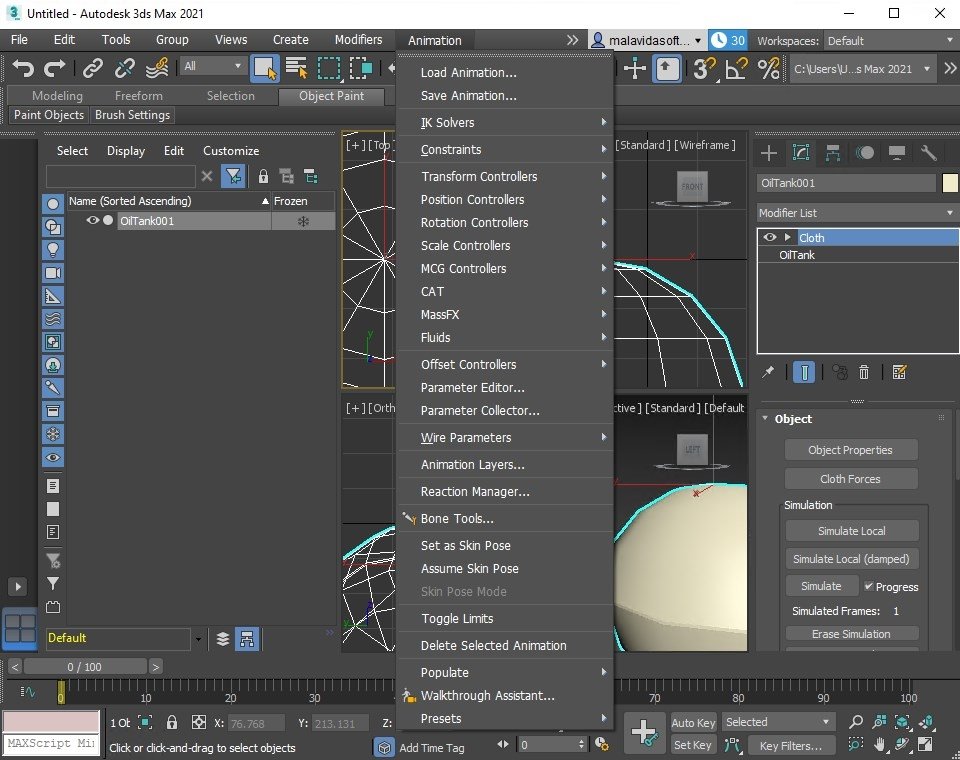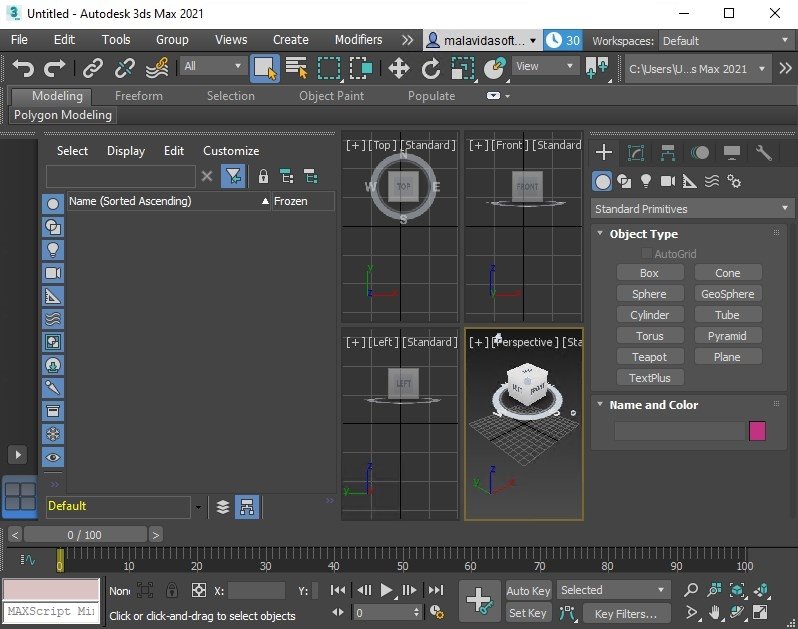
Parametric urbanism is concerned with the study and prediction of settlement patterns. Shenzhen Bao'an International Airport's new Terminal 3, finished in 2013, designed by Italian architect Massimiliano Fuksas, with parametric design support by the engineering firm Knippers Helbig, is an example for the use of parametric design and production technologies in a large scale building. His blob and fold architecture is some of the early examples of computer generated architecture. One of the first architects and theorists that used computers to generate architecture was Greg Lynn.
#Autodesk 3ds max para mac software#
In the 1980s architects and designers started using computers running software developed for the aerospace and moving picture industries to "animate form". Computer technology has given designers and architects the tools to analyse and simulate the complexity observed in nature and apply it to structural building shapes and urban organizational patterns. Nature has often served as inspiration for architects and designers. Architecture ĭeparture Hall of Shenzhen Bao'an International Airport Instead of having to manually calculate the results of parametric equations he could automatically derive the shape of the catenary curves through the force of gravity acting on the strings.

Gaudi's analogue method includes the main features of a computational of a parametric model (input parameters, equation, output): He placed a mirror on the bottom of the model to see how it should look upside-down. By adjusting the position of the weights or the length of the strings he could alter the shape of each arch and also see how this change influenced the arches connected to it. In his design for the Church of Colònia Güell he created a model of strings weighted down with birdshot to create complex vaulted ceilings and arches.

One of the earliest examples of parametric design was the upside down model of churches by Antonio Gaudi.

Īn upside down force model of the Sagrada Família, Sagrada Família Museum The idea behind form-finding is to optimize certain design goals against a set of design constraints. įorm-finding is one of the strategies implemented through propagation-based systems.


 0 kommentar(er)
0 kommentar(er)
